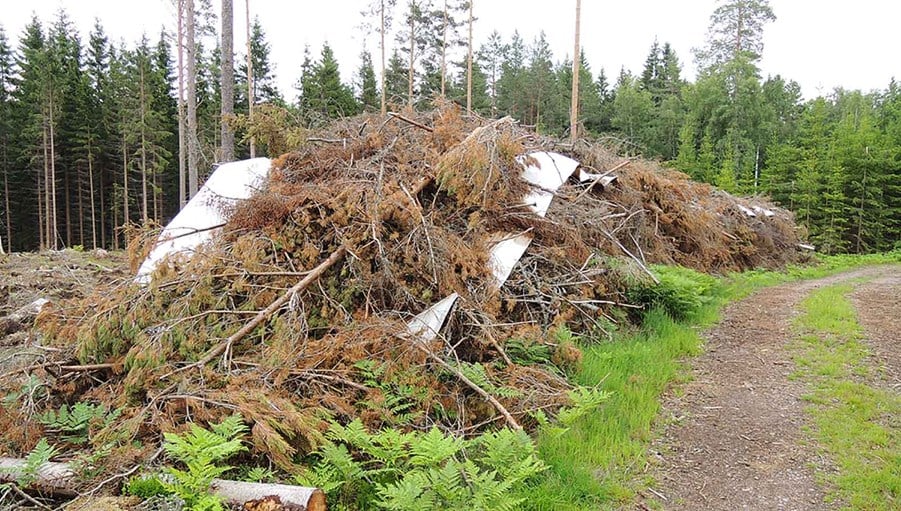
Yes to increased renewable energy ambitions. No to reopen the forest biomass sustainability criteria. The Swedish Forest Industries response to the leaked draft of a revised Renewable Energy Directive.
In a recently leaked draft of a revised Renewable Energy Directive (RED), the European Commission proposes raised ambitions for renewable energy in Europe for 2030.
– Raised ambitions are very welcome, as we clearly need more renewable energy for Europe to become the first climate-neutral continent. Forest bioenergy is today a major European renewable energy source and we see that it needs to increase even further, says Anna Holmberg, Head of the Brussels office for the Swedish Forest Industries.
Twisted messages cause misunderstandings
In late 2018, after years of hard negotiations, sustainability criteria for forest biomass were politically agreed in the REDII. The criteria are due to be implemented in national legislation by 30 June this year to minimize sustainability risks related to the use of bioenergy in the EU. In the leaked draft of an REDIII, the Commission suggests an extensive revision of the criteria, even before the existing ones have been implemented.
– Massive campaigns from environmental NGOs, with twisted messages based on deliberate misunderstandings of carbon accounting for bioenergy, have tried to pressure the European Commission to re-open the criteria prematurely, says Mårten Larsson, Head of Bioenergy Policy at the Swedish Forest Industries.
EU shouldn’t define forest policy
The draft includes application of existing land criteria for agriculture biomass directly to forest bioenergy. Broad and unprecise definitions of forests, such as “highly biodiverse forests”, could suddenly be “no-go areas” for forest bioenergy.
– There is a risk that forest owners, who increase biodiversity in their forest, cannot use harvest residues for bioenergy. There is also a risk that the possibility to use sustainable forest bioenergy for fossil substitution is restricted. It is impossible for Member States and stakeholders to agree on legislation where the result and justification is unclear. EU legislation for energy should not be defining forest policy, especially not when other similar processes are taking place without coordination, says Emma Berglund, Forest Director at the Swedish Forest Industries.
According to the draft, the Commission is considering including a new definition of “high quality stem wood” and stricter wording on how Member States can use their forest biomass.
– Such limitations have been clearly dismissed in previous RED negotiations for good reasons. Despite good intentions, bureaucratic interventions on how industries and Member States use raw materials “more effectively” are rarely successful or wanted, says Mårten Larsson.
Other suggested changes are lowering the size of included installations and retroactively adding GHG criteria to existing installations.
– The targeting of small-scale installations shows a severe lack of understanding of the administrative and economic burden that these economic operators face. The quest for better data mentioned in the JRC report on forest bioenergy is not a valid reason for this. Retroactive legislation such as the GHG criteria are also very damaging to the trust for EU policy processes, concludes Mårten Larsson.




